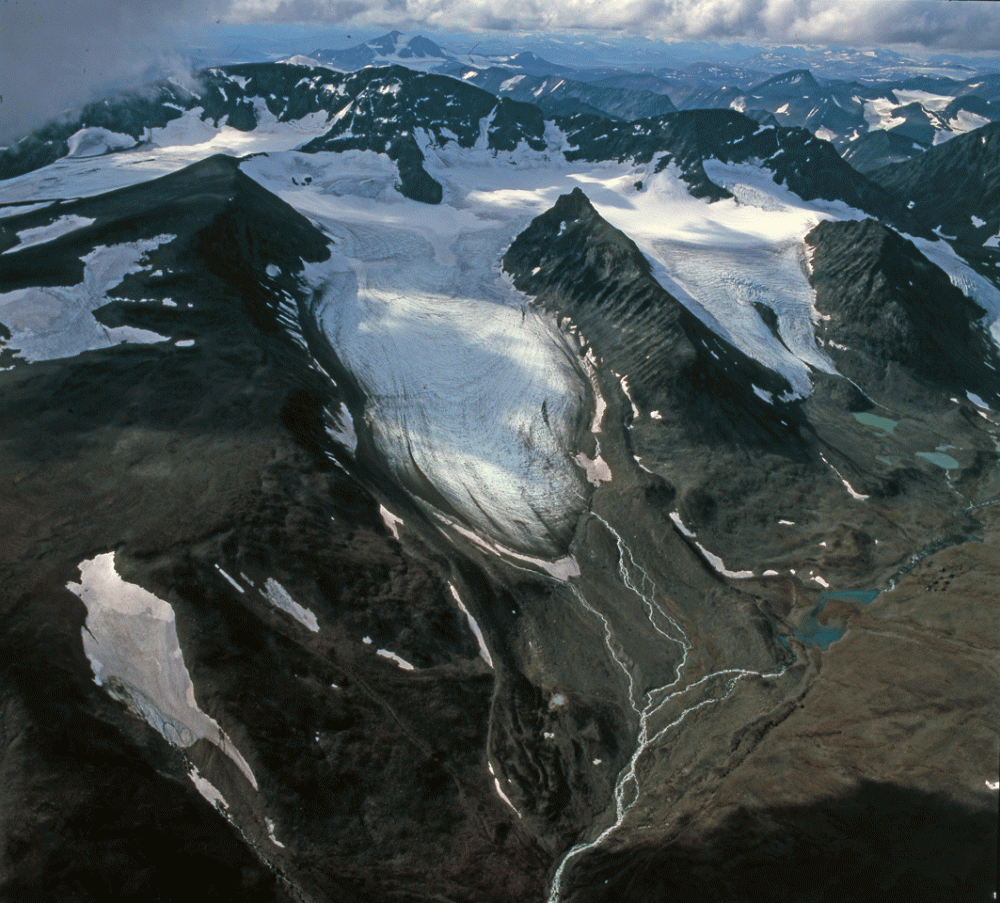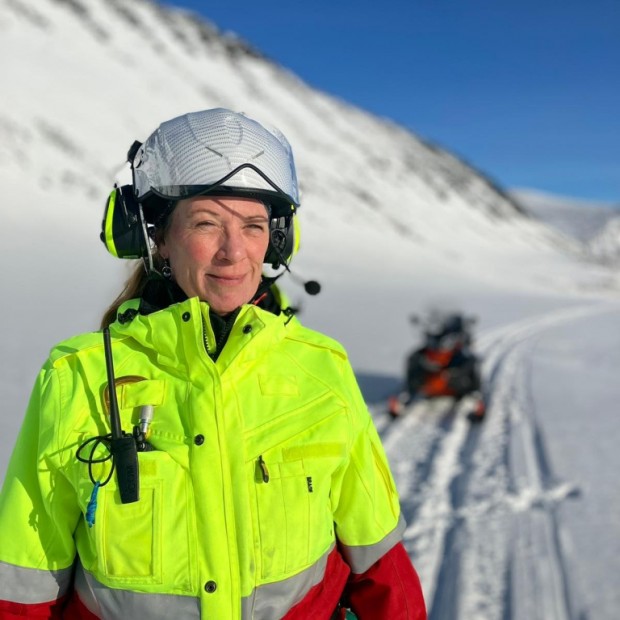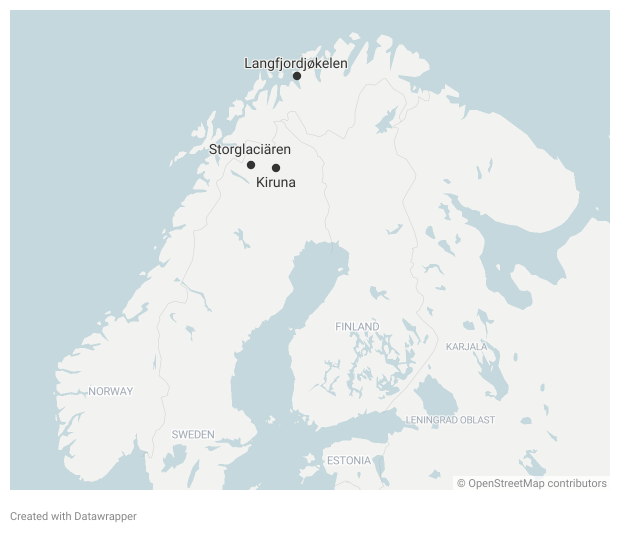Four out of five Swedish glaciers may disappear by 2100

Due to climate change Earth’s glaciers are melting at record speed. A researcher at Tarfala Research Station in Swedish Lapland says increased melting results in harmful imbalances in ecosystems.
Tarfala Research Station is located approximately 100 kilometers west of Kiruna in Swedish Lapland. At the station operated by Stockholm University research about Swedish alpine and glacier environment is conducted.
A key aspect of the research involves the continuous measurement of Storglaciären’s size and volume, tracking ice and snow accumulation during winter and melting in summer.
Storglaciären, one of Sweden’s 250 glaciers, is among the most studied glaciers globally and monitoring has been ongoing since 1946.
In the span of five days this summer, the glacier melted by 27 centimeters, which is a significant change and a clear sign of climate change according to the researchers, SVT reports.
Clear trend
Nina Kirchner, professor in glaciology and supervisor at the research station tells SVT, that despite some variation from year to year there is a clear trend of the glacier melting.
Kirchner notes that the melting season began earlier this year, which means it will last longer and result in greater ice loss.
This melting creates problems downstream, the glaciologist adds.

The water supply in the valley is impacted, which in turn affects vegetation, biodiversity, and the fragile Arctic ecosystems that rely on a certain amount of meltwater at specific times.
The result is an imbalance in nature, which is harmful.
If emissions continue at their current levels, we could see the loss of four out of five glaciers in Sweden by 2100, the Kirchner warns.
Sweden’s highest point melted
Tarfala Research Station also measures the annual height of Kebnekaise’s southern peak at the end of summer, which used to determine the highest point in Sweden and thus gained great public interest.
The Kebnekaise massif, a popular trekking destination, has two peaks. The northern ice-free peak, standing at 2097 metres and the southern ice-covered peak which used to be slightly taller.
Due to climate change, the southern peak is gradually melting, and in 2019 the northern peak officially became Sweden’s highest point.
In September 2023, the southern peak measured 2093 metres, having melted almost one and a half metres from the previous year.

One of the fastest melting glaciers in Norway is Langfjordjøkelen located in Finnmark.
Glaciers melt everywhere
Glaciers worldwide are continuing to melt, including those in the Arctic where global warming happens faster than elsewhere.
Earlier this year researchers discovered that the Greenland ice sheet has lost more ice in recent decades than previously thought.
Forecasts indicate that while the complete melting of the large ice caps in Antarctica and Greenland would cause the most significant rise in sea levels, smaller glaciers, such as those in Svalbard, are expected to contribute the most to sea level rise in the near future, the Norwegian Polar Institute reports.
One of the fastest melting glaciers in Norway is Langfjordjøkelen located in Finnmark. Between 2012 and 2022 it retreated by 304 metres, and in 2021-2022 by 61 metres, The Norwegian Water Resources and Energy Directorate (NVE) reports.
It is estimated that sea levels along the coast of Norway could rise by up to one meter over the next 100 years.
Located in Kirkenes, Norway, just a few kilometres from the borders to Russia and Finland, the Barents Observer is dedicated to cross-border journalism in Scandinavia, Russia and the wider Arctic.
As a non-profit stock company that is fully owned by its reporters, its editorial decisions are free of regional, national or private-sector influence. It has been a partner to ABJ and its predecessors since 2016.
